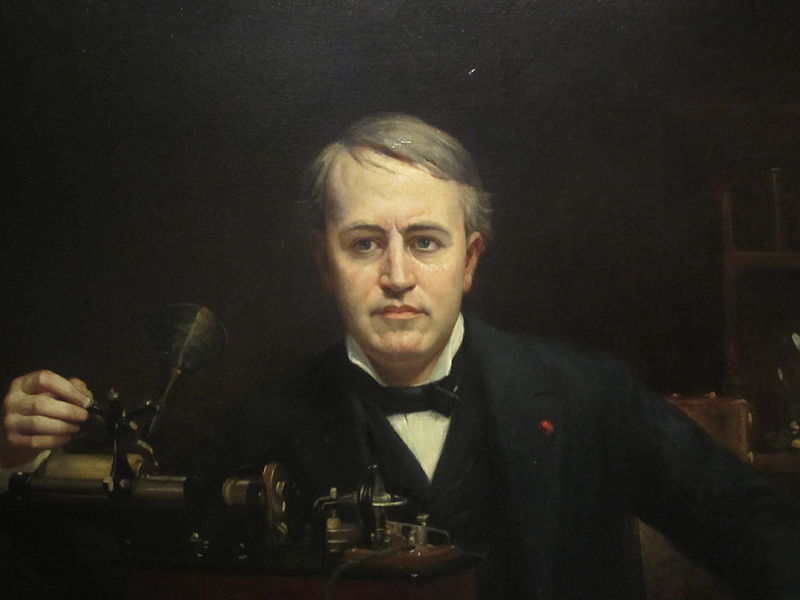80 Years Later Edison Still Inspires

This ScienceLives article and video was provided to LiveScience in partnership with the National Science Foundation.
Peter Galison is the Joseph Pellegrino University Professor at Harvard University. He is the director of Harvard's Collection of Historical Scientific Instruments, one of the three largest university collections of historical scientific instruments in the world. He is also a professor of the history of science and of physics, an art lover, a pilot and a promising filmmaker. And he's the great-grandson of a man who worked in Thomas Edison's laboratory. His experiences in his great-grandfather's laboratory, which he said looked like Dr. Frankenstein's laboratory, first interested him in science and led him to ask the really big questions that have been the focus of his research for nearly 30 years. Specifically, he asks questions about the complex interaction between the three principal subcultures of twentieth century physics – experimentation, instrumentation and theory. He asks what, at a given time, convinces people that an experiment is correct and how scientific subcultures form interlanguages of theory and things at their borders? But in this video, the National Science Foundation asks the questions — the ScienceLives 10 Questions that is.
Name: Peter L. Galison Institution: Harvard University Field of Study: History of Science and Physics
Editor's Note: This research was supported by the National Science Foundation (NSF), the federal agency charged with funding basic research and education across all fields of science and engineering. Any opinions, findings, and conclusions or recommendations expressed in this material are those of the author and do not necessarily reflect the views of the National Science Foundation. See the ScienceLives archive.
Get the world’s most fascinating discoveries delivered straight to your inbox.
 Live Science Plus
Live Science Plus






